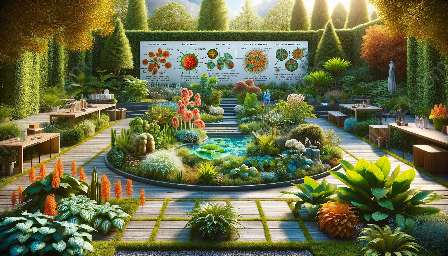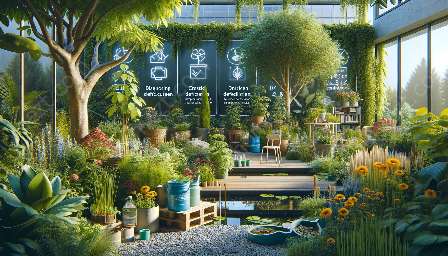Integrated Pest Management (IPM) techniques provide a holistic approach to managing garden pests and plant diseases while minimizing the impact on the environment. By incorporating a combination of preventive measures, cultural practices, and natural controls, IPM aims to suppress pest populations without relying solely on chemical pesticides.
The Importance of IPM in Pest Control and Plant Diseases
Traditional pest control methods often involve the indiscriminate use of chemical pesticides, which can have detrimental effects on beneficial insects, soil health, and overall ecosystem balance. Additionally, the overuse of pesticides can lead to the development of pesticide-resistant pests, creating a cycle of escalating chemical usage.
On the other hand, IPM takes a more sustainable and environmentally conscious approach by promoting integrated strategies that consider the entire ecosystem. By focusing on prevention and employing a range of pest management tactics, IPM aims to maintain a healthy balance between pests and their natural predators while supporting plant health.
Key Components of Integrated Pest Management
1. Pest Identification and Monitoring: The first step in IPM is to accurately identify the pests and monitor their populations. Understanding the lifecycle and behavior of pests allows for targeted interventions and prevents unnecessary treatments.
2. Cultural Practices: Implementing cultural controls, such as crop rotation, proper irrigation, and maintaining healthy soil, can create an environment that is less favorable to pests and diseases.
3. Biological Controls: Enlisting the help of natural predators, parasites, and pathogens that target specific pests can offer effective and sustainable pest management solutions.
4. Mechanical Controls: Using physical barriers, traps, and other mechanical methods can help reduce pest populations without resorting to chemical interventions.
5. Chemical Controls: When necessary, judicious use of targeted and least-toxic pesticides can supplement other IPM practices, with a focus on minimizing impact on non-target organisms.
Implementing IPM Techniques in the Garden
For home gardeners, implementing IPM techniques begins with creating a healthy and diverse garden ecosystem. This includes selecting pest-resistant plant varieties, practicing proper sanitation, and providing a suitable habitat for beneficial insects and other natural predators.
Regular monitoring of the garden for signs of pests or diseases allows for early intervention, reducing the need for more aggressive measures later on. By maintaining balanced soil fertility and avoiding over-fertilization, gardeners can promote plant health and resilience, making them less susceptible to pest infestations.
Advantages of IPM
Integrated Pest Management offers numerous benefits for both the environment and human health. By reducing reliance on chemical pesticides, IPM preserves beneficial insects, prevents pesticide runoff into water sources, and minimizes human exposure to potentially harmful chemicals. Furthermore, the long-term sustainability of agricultural and garden ecosystems is enhanced by promoting natural pest management and supporting biodiversity.
In Conclusion
Integrated Pest Management techniques serve as a valuable and effective alternative to conventional pest control methods, offering sustainable solutions for managing garden pests and plant diseases. By embracing the principles of IPM and adopting a comprehensive approach to pest management, gardeners can promote healthy, thriving gardens while minimizing the need for chemical interventions.



















